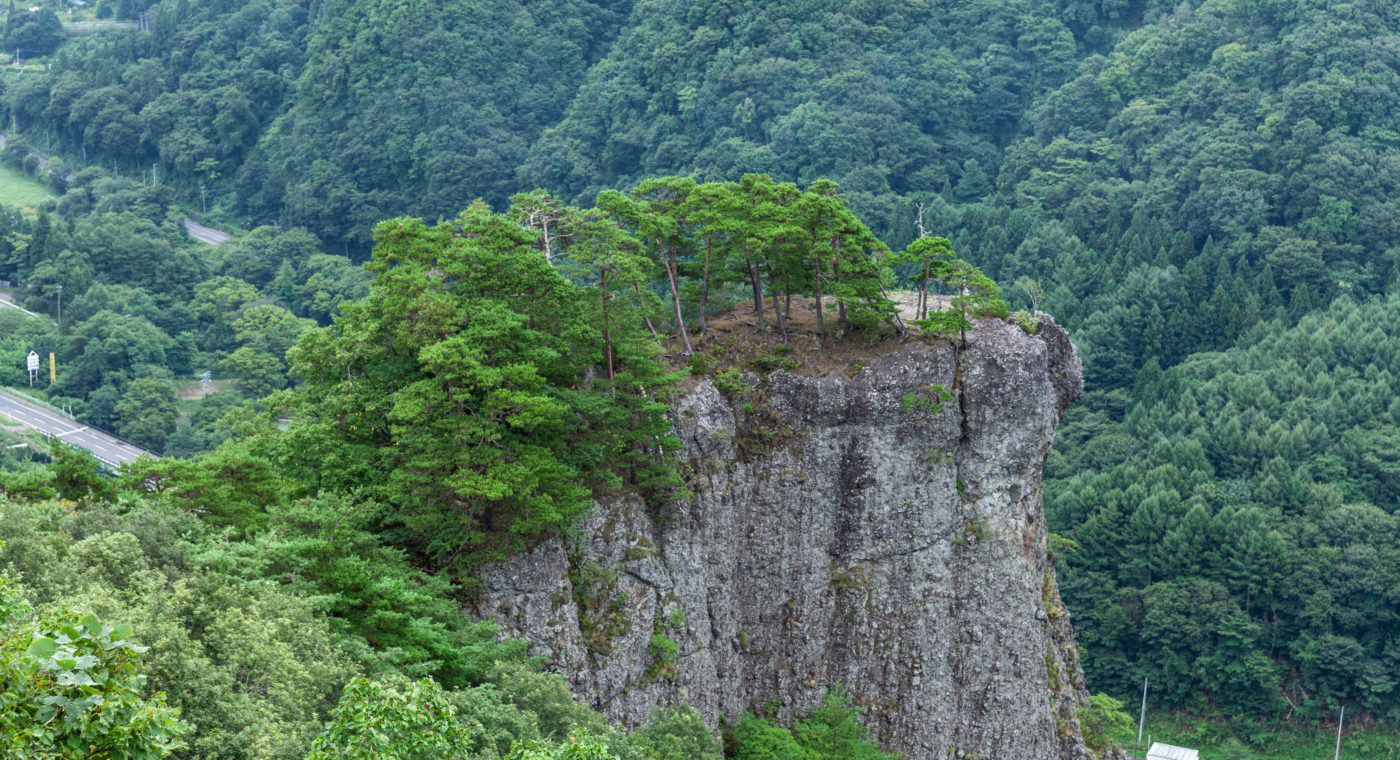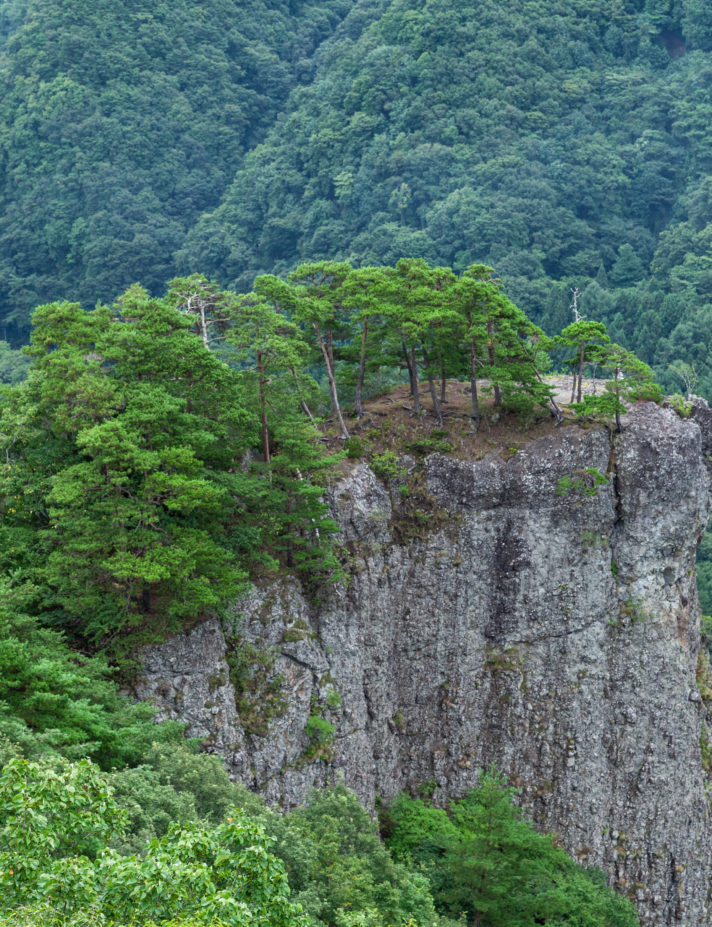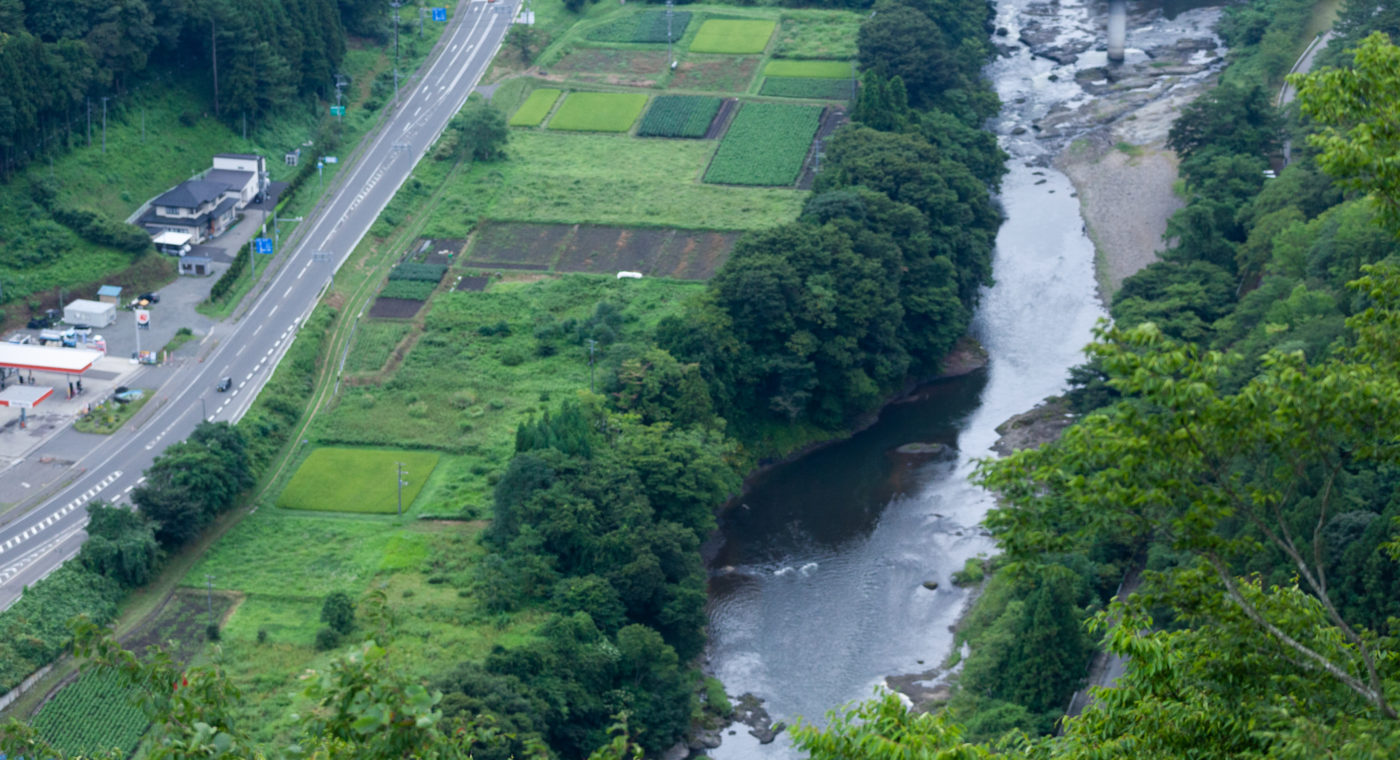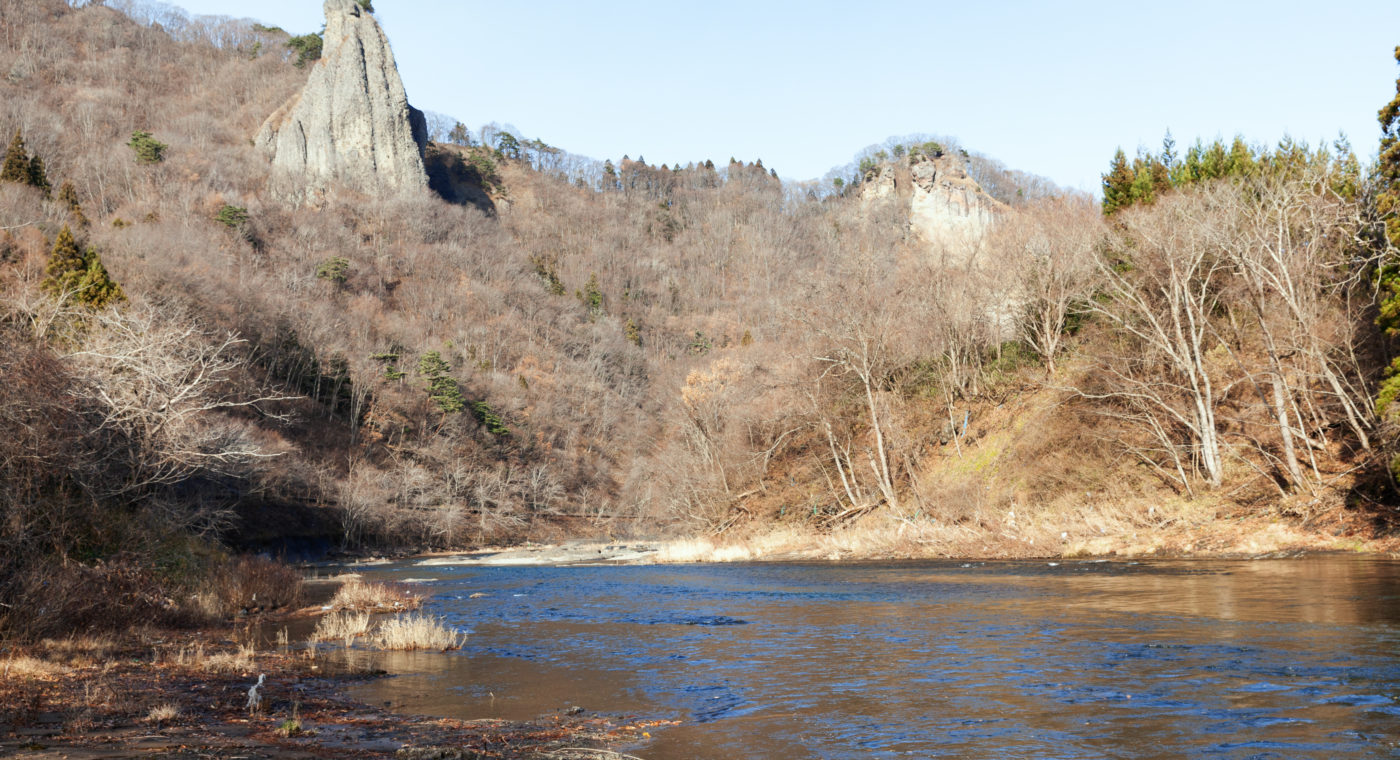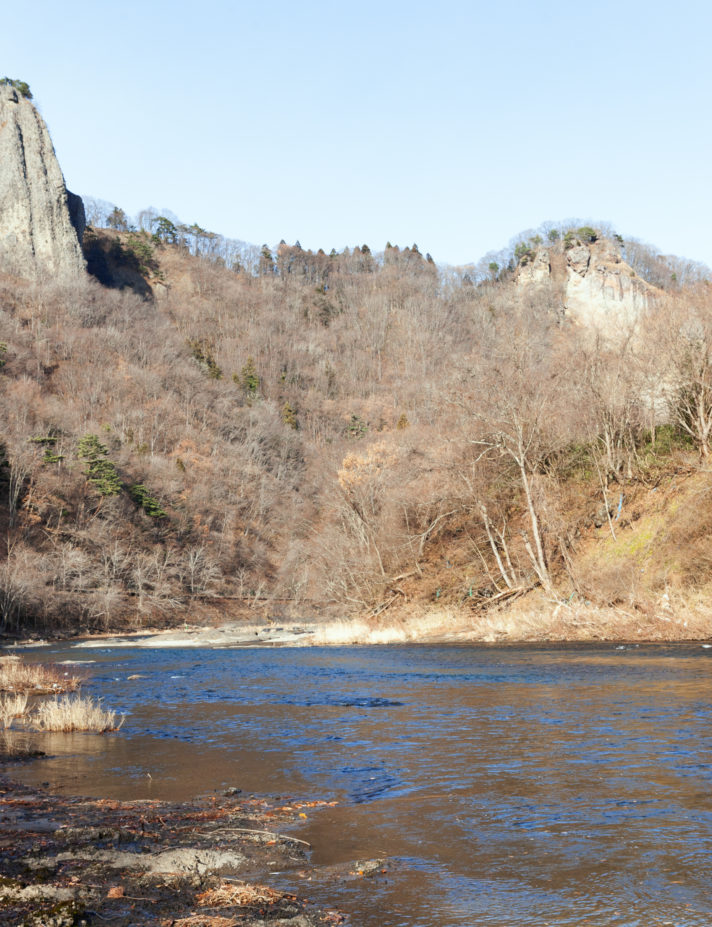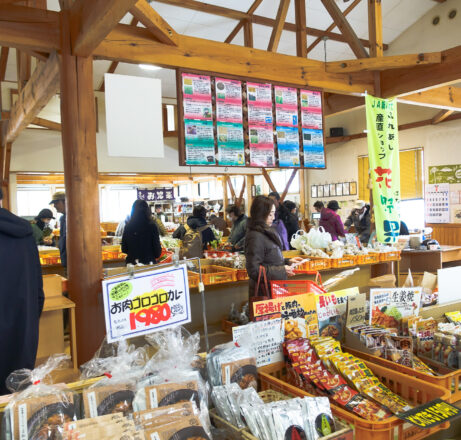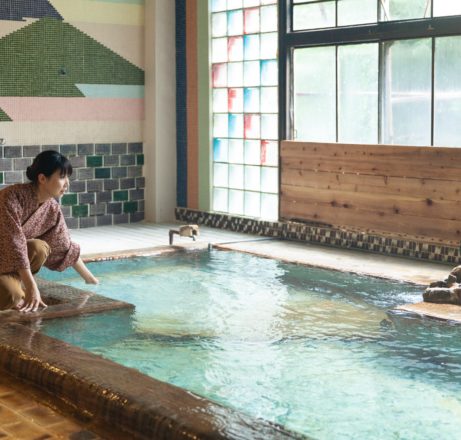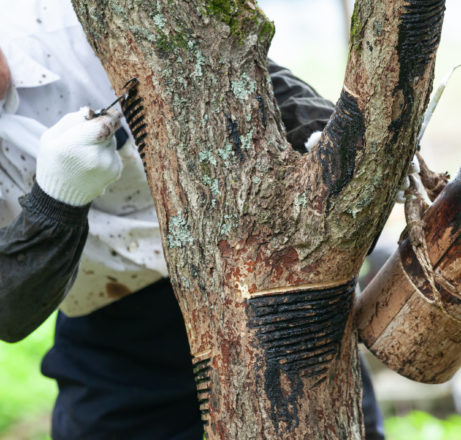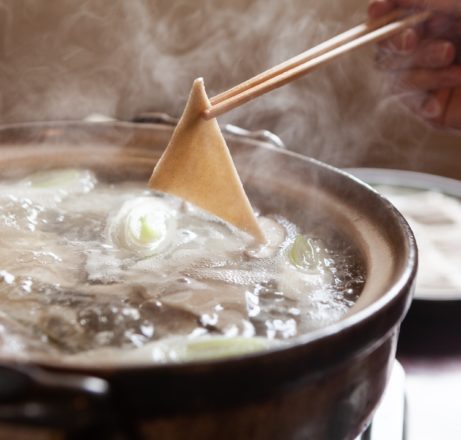The source of a culture is its geology and climate
At the beginning of a trip, we tend to want a glimpse of the place from a little higher above to get its entire view. How you view a place will differ after the end of your trip from when you first visit it. Experiences of meeting people, getting to know the culture and hearing stories from locals will surely reflect on your impression of a place.
Ninohe has Mt. Oritsume to its east and Mt. Inaniwa to its west. Mabechi River runs southward from the north and is surrounded by mountains. Small communities lie along the drainage system, and the town center is located on a river terrace formed by river erosion. Being located to the east of the Ou Mountains, the city often has cool summers because Yamase, a cold, wet east wind blows in when anticyclones develop in the Sea of Okhotsk. Thus, the place wasn’t suitable for rice production, and people have instead extensively grown various cereals for such a long time that it has taken root as a part of the food culture. A culture of food preservation is also widely spread among the people in order to get through winter. Fruits here thrive from the big temperature difference between day and night and also from the fact that there is little rainfall. The local fruits which are highly evaluated for their high sugar content are recently starting to become a signature brand.
Within a view, there are reasons for why it came to be, as well as the history and culture that resulted from it. The view here in Ninohe has unique conditions of severe nature and blessings of the land; there is knowledge and research by the people who’ve worked through such conditions. You’ll see everything connected if you travel through the area.



